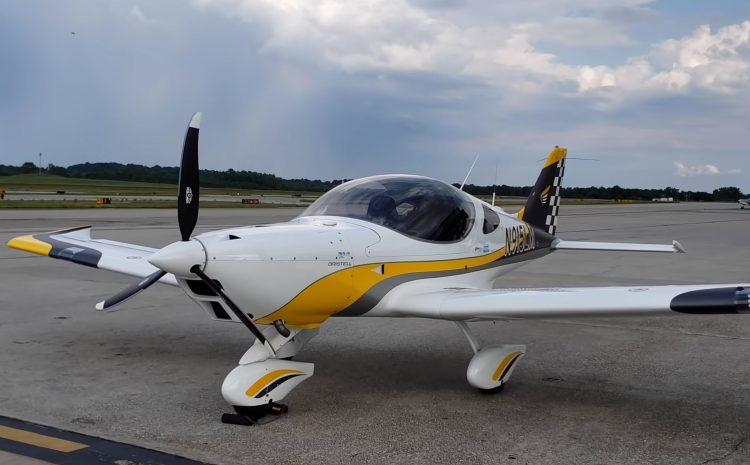Bristell aircraft – Czech quality

The Bristell aircraft is a multi-purpose light-engine airplane, which was created in 2004 by the efforts of Czech designers. The company BRM Aero undertook to bring the project to life. It is also known under the index NG-5. Initially the plane was conceived as a four-seat aircraft, but after calculating the final cost of the project, it was not profitable in this format. As a result, the developers decided to opt for a two-seat model, but made the cabin as comfortable as possible.
Bristell aircraft received the most voluminous cabin in its class and excellent ergonomics, for these two parameters Bristell became an excellent tool for private transportation, pleasure flights and pilot training. Its width is up to 130 cm – no other aircraft in the world in a similar class can offer greater dimensions. The cockpit is designed with maximum comfort for pilot and passenger: orthopedic seats, possibility to adjust pedals to the feet length, separate braking system is implemented. Seats are located in the format “side by side” – optimal for joint work of a pilot and a student.
Special attention deserves the lantern of one-piece glazing without additional inserts that makes the view from the cabin ideal. For glazing is used glass marked PS-241, which is traditionally used in passenger aircraft company Airbus. Depending on the equipment may vary NG-5 power unit, it may be popular Rotax or Jabiru engines. The most productive engine demonstrates up to 120 hp, and the minimum version – 80 hp, regardless of the type of engine, it can run on high-octane automotive fuel.
Bristol’s flexible upgrade options
The specifics of the Bristel dashboard assembly allows you to integrate any format of analog or digital-type navigation equipment into it. The type of console the aircraft is equipped with can also be easily changed. The console can be a short model with a wingspan of up to 8 meters and an elongated model with a wingspan of 9.1 meters. The hull of the aircraft is treated with 2-component epoxy primer, which avoids corrosion of all elements of the structure, including its hidden cavities.
Aircraft landing gear can be stationary or retractable, depending on the wishes of the buyer of the aircraft. Takeoff and landing system consists of a three-leg landing gear with a tail or nose strut. Wheel diameter can be varied and fairings can be additionally mounted. This customization of the takeoff and landing system allows the aircraft to land on the ground and other uneven surfaces.